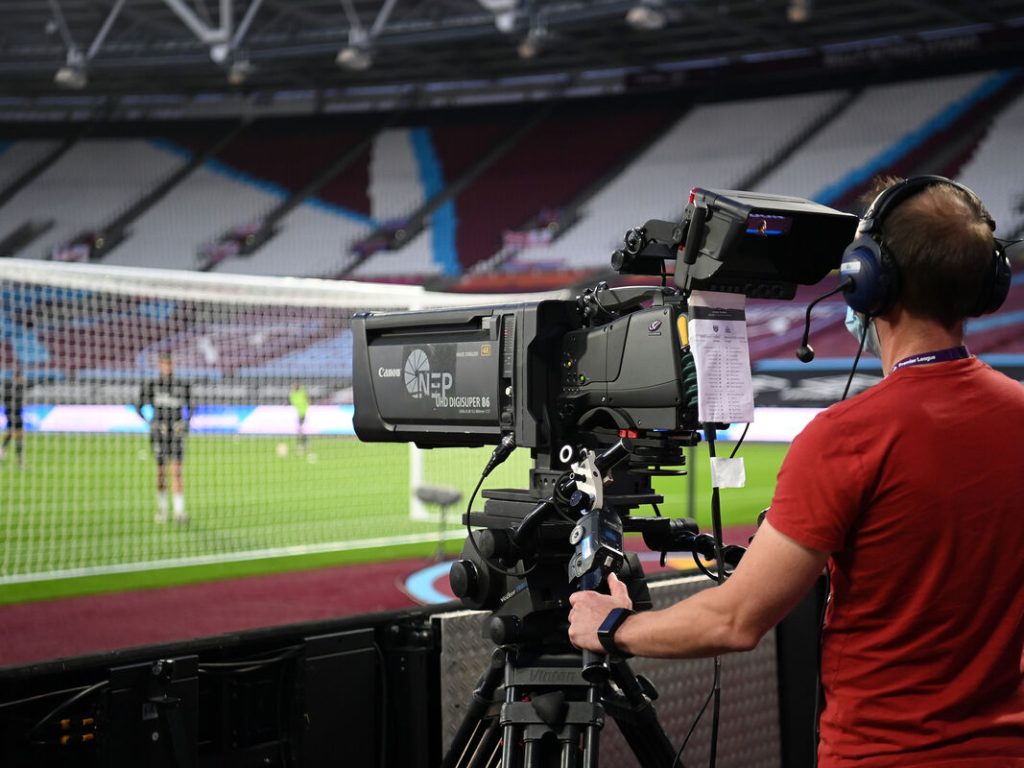The landscape of sports broadcasting has undergone a seismic shift. While the thrill of the live game remains constant, the way fans consume sports has evolved dramatically. Modern broadcasters must go beyond simply showing the action; they need to create a truly engaging experience that fosters a deeper connection with fans. Here, we explore key strategies that broadcasters can leverage to turn passive viewers into active participants in the sporting spectacle.
Harnessing the Power of Digital – Technology lies at the heart of modern fan engagement. Mobile apps have become the new fan cave, offering features like live stats, in-game polls, and personalized content. Broadcasters can leverage these apps to create a second-screen experience, encouraging fans to interact with the game beyond the television. Push notifications can deliver real-time updates on key moments, while interactive polls can gauge audience sentiment and create a sense of community.
Social Media – A Conversation, Not a Monologue – Social media platforms are no longer just for highlights and score updates. Broadcasters can utilize these channels to foster two-way communication with fans. Live QandA sessions with players and coaches, behind-the-scenes access, and interactive polls can spark conversations and build a sense of community. Platforms like Twitter and TikTok, with their focus on short-form content, can be particularly effective for reaching younger demographics.
Personalization is King – Fans crave a sense of connection. Broadcasters can leverage data analytics to personalize the viewing experience. Imagine a platform that tailors content based on a fan’s favorite players or teams, offering them exclusive interviews, historical highlights, and personalized notifications. This level of customization fosters a deeper connection with the sport and the broadcaster.

Gamification – Turning Viewers into Participants – Who does not love a friendly competition? Gamification elements can be integrated into the broadcast experience to drive engagement. Imagine a platform where viewers predict game outcomes, earn points for correct predictions, and compete on leaderboards. Rewarding participation with virtual badges or exclusive content further incentivizes fan interaction.
Augmented Reality AR and Virtual Reality VR – Emerging technologies like AR and VR have the potential to revolutionize 무료해외스포츠중계사이트. AR overlays could provide real-time player stats or highlight key plays in the viewer’s living room. VR experiences could place fans virtually on the sidelines, offering an immersive perspective of the action. While still in their early stages, these technologies hold immense promise for the future of fan engagement.
Interactive Storytelling – The traditional broadcast format can be enhanced by incorporating interactive storytelling techniques. Imagine a platform where viewers can choose different camera angles or follow a specific player throughout the game. This level of control empowers fans to personalize their viewing experience and feel more invested in the action.
By embracing these strategies, broadcasters can transform the viewing experience from a passive activity into a dynamic and interactive one. This fosters a more invested and engaged fan base, which ultimately benefits both broadcasters and sports organizations. The future of sports broadcasting lies not just in displaying the game, but in creating a vibrant community around it, where fans feel like active participants in the sporting spectacle.